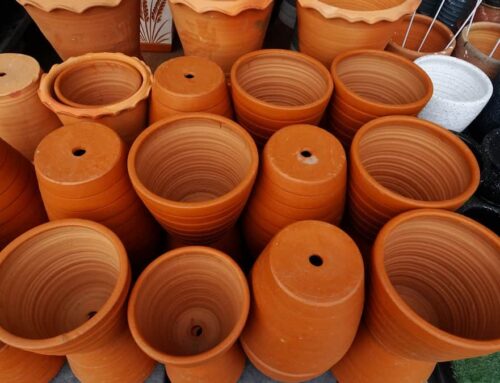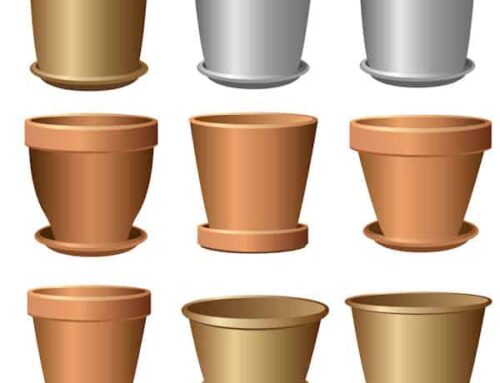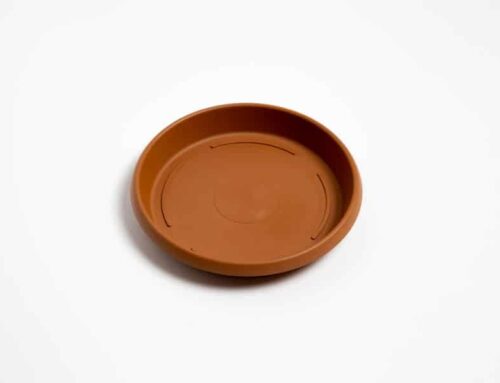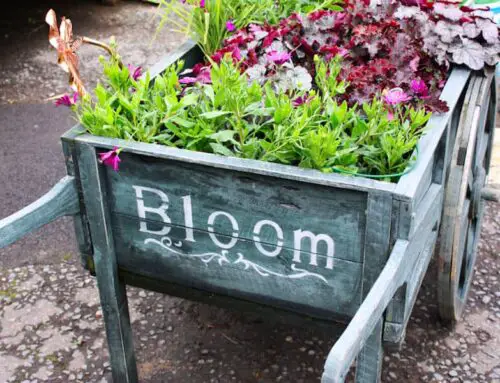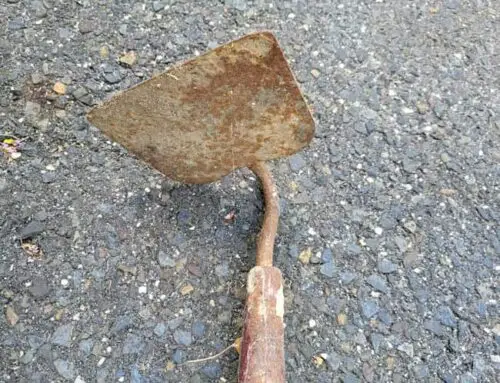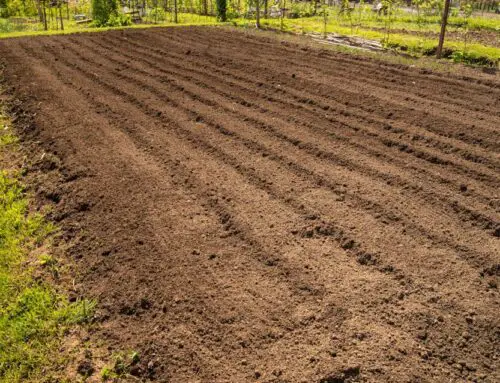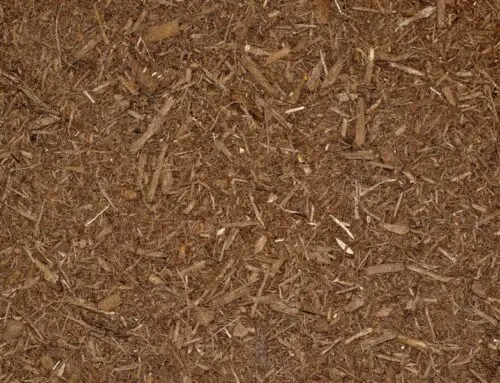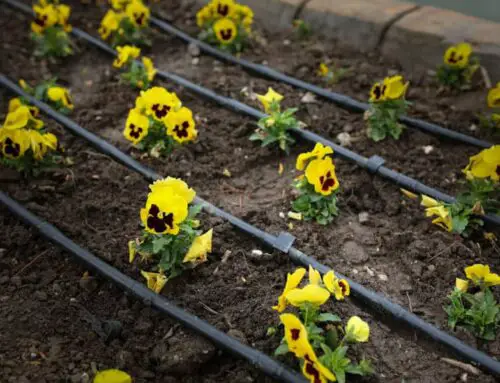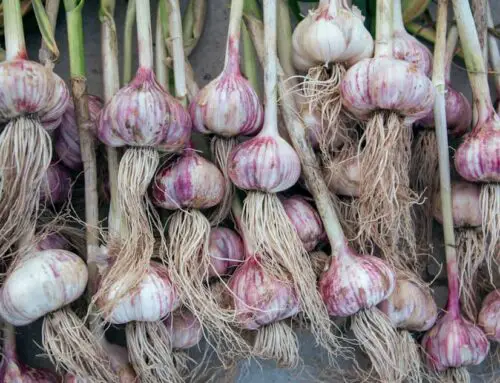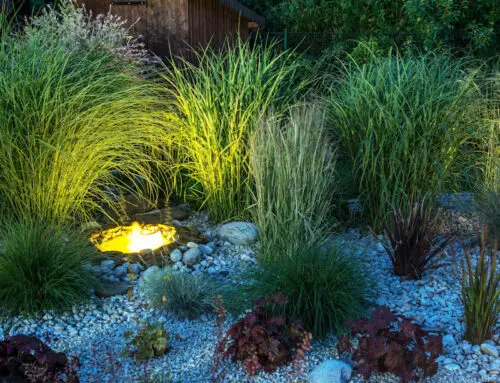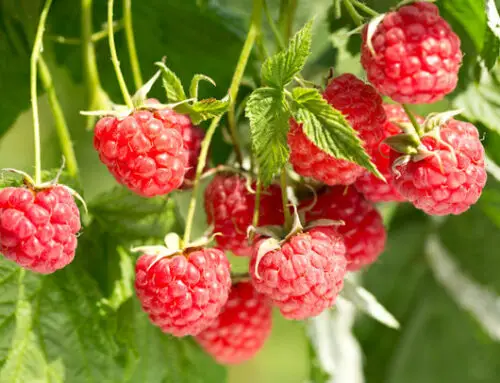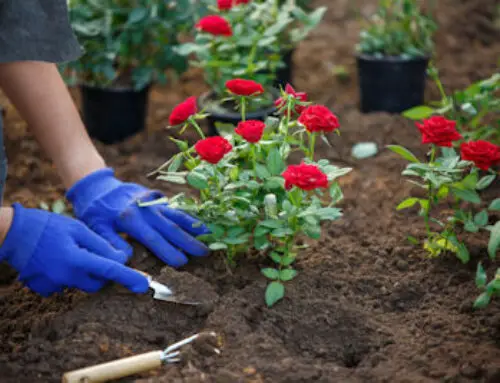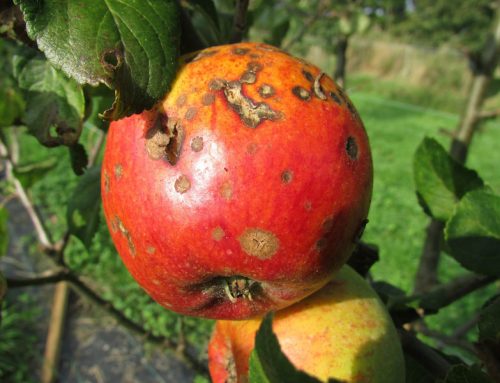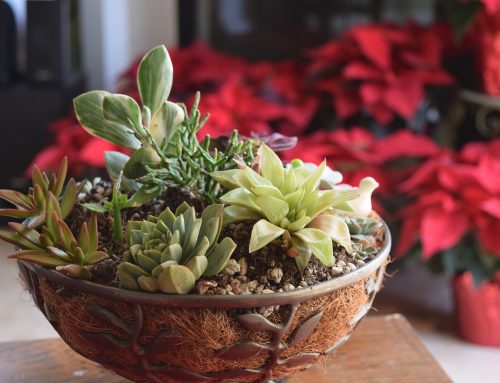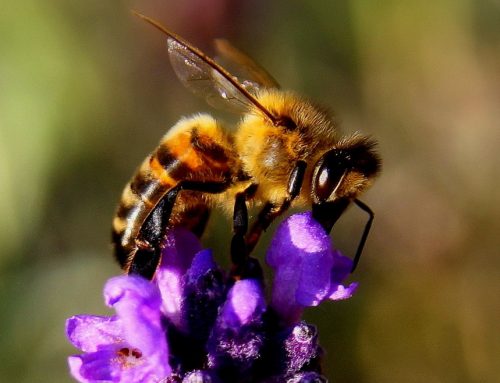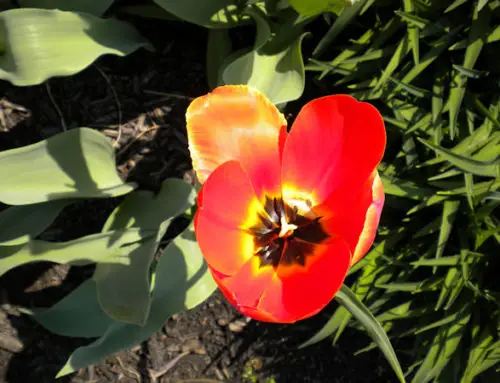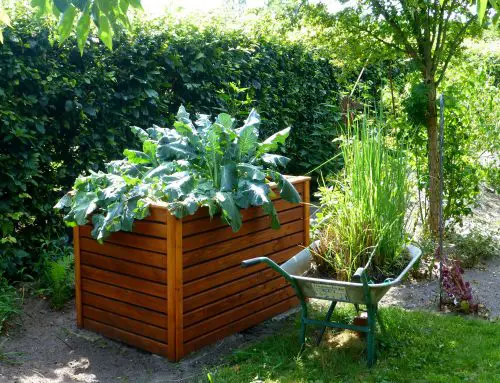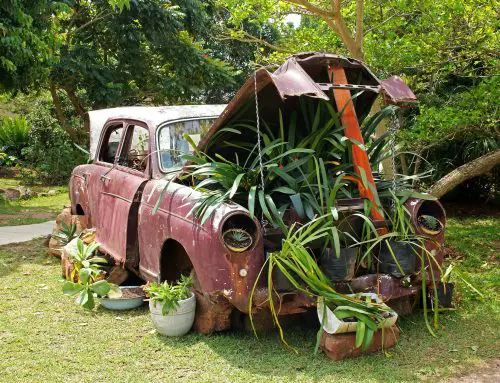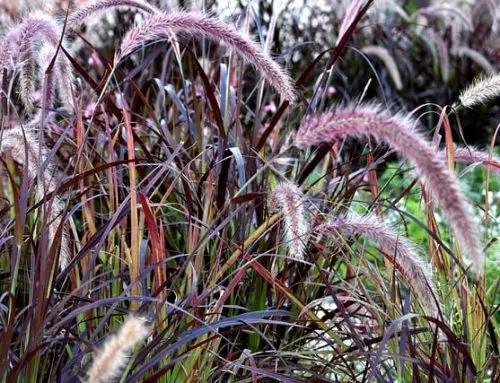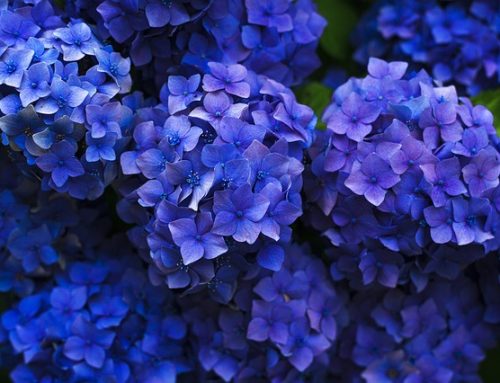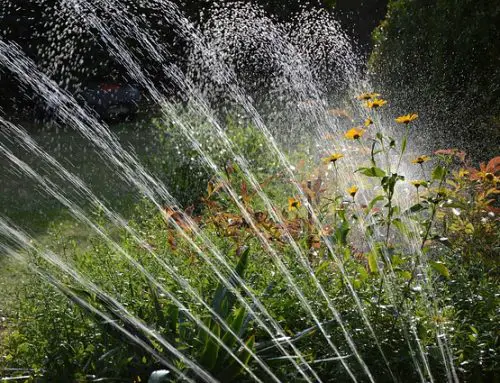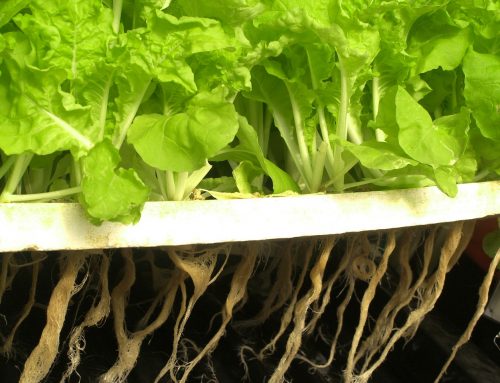If you have a plant that is getting too big for its pot, it is time to repot it. The most telltale sign is if you see that the roots are growing out through the bottom of the pot. There are several easy steps to the repotting process, and you can complete this process in a short amount of time.
To repot a plant, water it several days beforehand. When you are ready to repot, turn the pot on its side to loosen the roots from the pot, gently untangle the roots and remove any dead parts, and mix one-third new potting soil with the old potting soil before placing it into the new pot. Afterwards, water it thoroughly.
There are other intricacies involved in repotting a plant that will make the process go even more smoothly. Read on to discover some tips and tricks for repotting your favorite houseplants in your indoor garden.
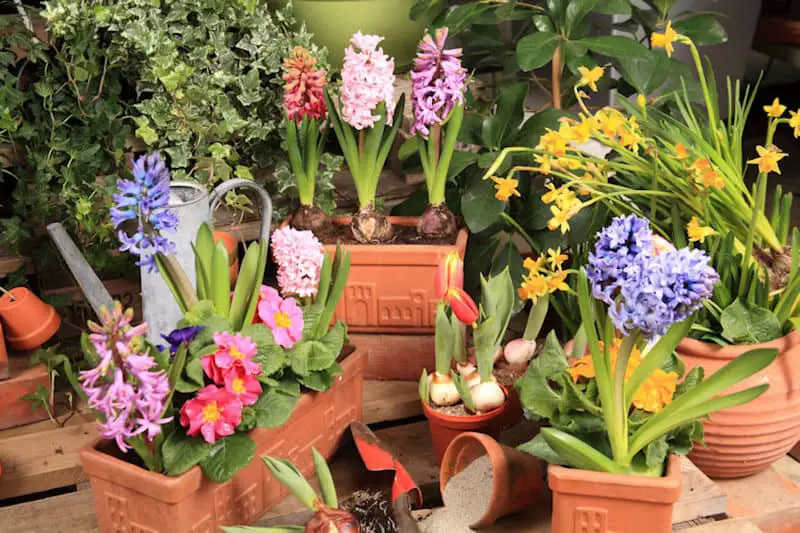
How to Repot a Plant Without Killing It
The plant repotting process begins a few days before repotting. About two or three days before you want to transplant, water the plant well so that it will maintain its health through the transplant. On transplant day, gather the new pot, potting soil, and watering can before you get started.
Although not a difficult process, taking care to repot your plant carefully will keep it healthy and alive. One important point to make is that you should be gentle as you do this, so as not to disturb the roots and cause them to die. There are a few other rules of (green) thumb to follow as well.
When you remove the plant from its old container, carefully turn it on its side and tap it gently to get the roots loosened from the pot. Take the time to loosen the roots, especially if they are bound tightly together.
This will ensure that the plant will grow successfully in its new home. This is also the time to snip off any diseased or mushy roots or dead leaves that you see. This clean-up will help the plant grow healthy in its new home.
As for the soil, use a standard indoor potting mix to repot your plants. Remove about one third of the old soil so that you can put some new, nutrient-laden soil into the new pot.
Combining new soil with old will not create as much of a shock to the system for the plant, since it is already used to those microbes in the old soil. After a transplant, a good watering will help the plant acclimate to its new home. Water until the water runs out the bottom of the pot.
In some cases a plant could die after the repotting process, especially if the plant is fragile to begin with. Unfortunately, that has happened to me before. That is why it is smart to water the plant a few days prior so it is well-hydrated and has a better shot at survival. See also Does a Planter Need a Base?
Why Should I Repot a Plant?
If you are like me, you start thinking about repotting when you see the roots starting to grow out of the bottom of the pot. If the plant is root bound and growing too big for its pot, it needs to be transplanted to a bigger pot so that it can spread out and grow sufficiently.
If a plant is root bound, it means that the roots are growing into themselves in a tangled mess, and soon it will be impossible for the roots and therefore the plant to keep growing.
When roots are jumbled like this it is also very difficult for them to ingest water and nutrients from the soil. When I repot my plants, I very gently pull the roots apart so that they are not damaged in the process. This will give the plant room to breathe and a chance to stretch out.
If it becomes rootbound because the pot is too small, it will be unable to take in water and then will die. Also, if the plant has rotting roots or other diseases that are not taken care of, it could also die. In both of these cases, repotting is necessary for the plant’s survival.
There are also other parts of a plant’s health that need to be considered in repotting. One part of its health has to do with soil, which is where your plants get their nutrients. Sometimes you need to repot a plant to give it better soil. Repotting your plant into nutrient rich soil will help it grow strong and healthy.
Repotting also helps maintain clear water channels. If the roots get too tightly woven together the water cannot get to the plant. Finally, some plants can experience root rot from overwatering which you can detect when repotting and snipping away the diseased parts.
These are a few reasons why plants may need to be repotted.
Tips for Repotting a Plant
Choose the Correct Size Pot for Repotting
First, when replanting a pot based on size, choose a pot that is 1-2 inches bigger in diameter than the current pot. If you are repotting a large floor plant, you will need 3-4 extra inches around to give the plant room to grow.
Ensure that the plant has a hole in the bottom for water to drain out. Plastic and ceramic pots are great choices because they help the plants maintain their moisture longer.
The last material needed is potting soil, and it is helpful if you use the same type of indoor potting soil you have always used with the particular plant to maintain stability.
When Should You Repot a Plant
Choose your timing carefully when repotting a plant. Even though it’s hard to be patient, don’t try to transplant a plant immediately when you bring a plant home, but allow it a few days to acclimate to its new environment.
If you are repotting a plant that has already been in your house for a while, try to avoid times of undue stress, such as a heat wave. This will make it more difficult on your plant and could lead to problems down the road.
Springtime is a great time to repot a plant. In the springtime, even indoor plants start to grow vigorously, so the best idea is to repot them in early spring before they grow heavy flowers. In the spring they will also be hardier and able to better survive a transplant as they are gearing up for their big growing season.
Water After Repotting
After the initial repotting, you need to continue watering the plant. To keep up with the watering, most plants should be watered about once a week, and you can check manually to see when it is time to water your plants again.
Touch the soil up to your knuckle and if it is still moist, it is not yet time to water. Instead, check it a few days later. For larger plants, you may want to invest in a water meter.
Post Planting Advice
After you pot your plant, you may notice a little wilting, no matter how careful you have been. This has happened to me many times. This is entirely normal, and should go away within a week or two if it happens at all.
Do not fertilize for the first two weeks after repotting because the sudden flood of nutrients can be stressful for plants, especially in this already precarious time.
When you repot a plant, this is also the perfect time to divide and create new plants. Plants like the snake plant, ferns, and peace lilies all could use some dividing at times, and as long as you are repotting anyway, you can create several plants and give them all more room to grow. And more plants means more oxygen in your house and gifts to give to your friends.
If you want to keep your houseplants growing healthy and strong, you will need to master the art of replanting them when the roots become tangled or when they grow too large. The process is both simple and delicate, but by following the directions and tips above your plants will be thriving in no time.

